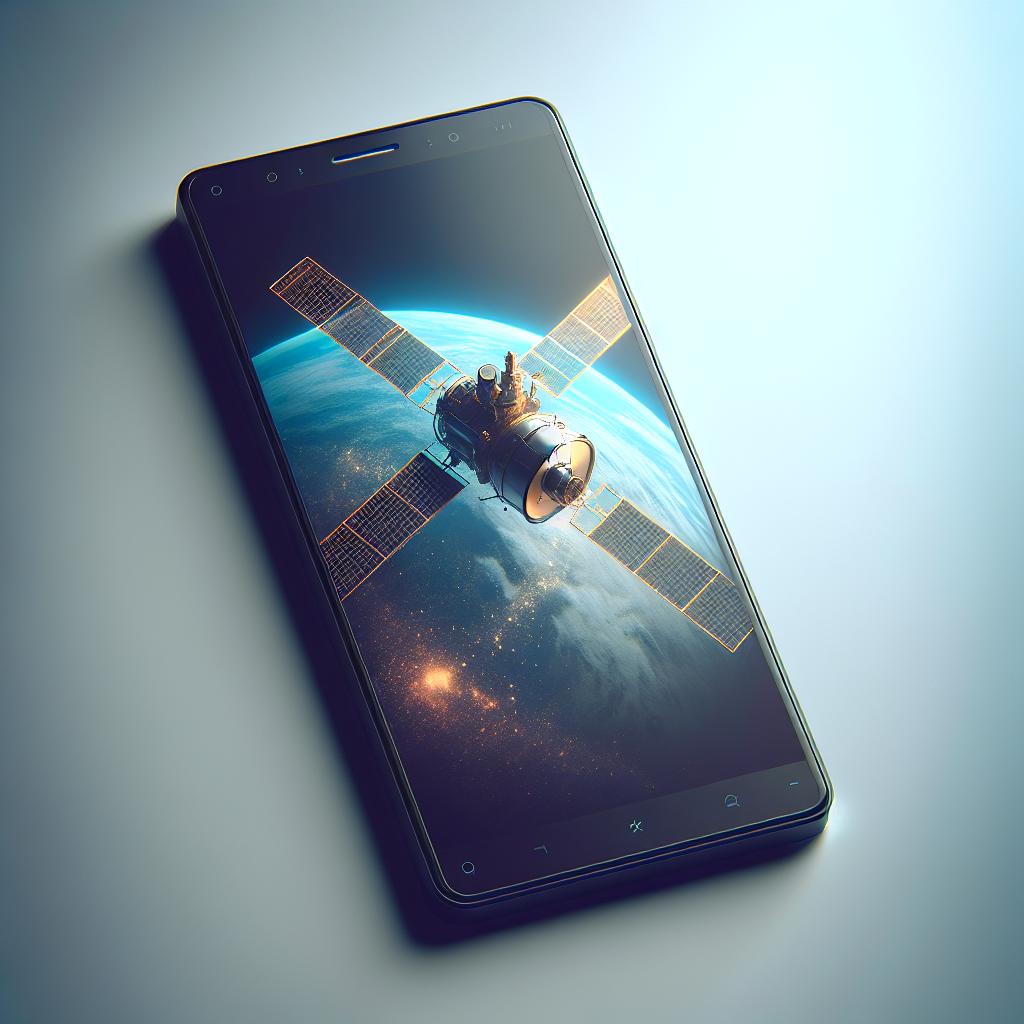Satellite Phone Services Set to Revolutionize Communication with Unmodified Smartphones

Introduction: The Rise of Satellite Phone Services
In a groundbreaking technological advancement, the world is witnessing the emergence of satellite constellations designed to provide commercial services to unmodified smartphones. This new frontier in communication is poised to significantly broaden connectivity, bridging the once insurmountable chasm between terrestrial networks and remote areas. As the United States spearheads adoption, the evolution of satellite integration with cellular networks is expected to transform communication across the globe.
Market Insights: Forecast for Revenue Growth
The global market for satellite services integrated with terrestrial networks is still in its infancy, yet it shows promise of rapid growth. According to market forecasts by CCS Insight, revenue from these satellite services is projected to balloon to approximately $16.8 billion by 2028. This burgeoning sector will soon eclipse satellite broadband, traditionally the dominant force with current revenues nearing $7.9 billion. This transition highlights the potential and demand for satellite services that meet everyday connectivity needs.
Core Areas of Application: A Shift in Paradigms
CCS Insight identifies three primary applications for orbital internet services: satellite broadband, IoT connectivity via satellite, and direct-to-cell services. Among these, satellite broadband continues to exhibit strong revenue figures, poised to increase from $7.9 billion to about $13.3 billion by 2028. Nevertheless, it's the nascent direct-to-cell services market that stands out, expected to surpass broadband revenues by 2027, signaling a paradigm shift in communication services.
The IoT satellite connectivity, while significant, remains dwarfed in comparison, with revenue projections barely crossing the billion-dollar mark. Despite this, all three applications collectively display promising opportunities, with direct-to-cell providing substantive new revenue streams that could fundamentally alter the competitive landscape of telecommunications.
Technological Development: Modified vs. Unmodified Devices
In the race to deliver satellite connectivity, two distinct approaches have emerged: services for modified and unmodified devices. Apple has been at the forefront of the modified device market, introducing satellite messaging capabilities in its iPhone 14 two years ago. These technologies utilize dedicated spectrum ranges, such as the L-band and S-band, owned by satellite operators like Globalstar, allowing for basic services to be expanded to voice and data functionalities by 2027.
Meanwhile, unmodified devices represent the broader market potential, with projections estimating 8.8 billion compatible units by 2028. Key to this market's success is its reliance on non-terrestrial network capabilities as per the 3GPP Release 17 and 18 standards, enabling smartphone handset compliance. This form of service expansion involves partnerships between terrestrial operators and satellite providers, enhancing coverage to areas beyond traditional cell towers—effectively like deploying a "cell tower in space".
Leading Players: Starlink, Lynk, and AST SpaceMobile
The landscape of satellite providers in the direct-to-device market is competitive. Starlink by SpaceX, Lynk, and AST SpaceMobile are notable players, with Lynk currently offering active services primarily in locations such as the Cook Islands and Solomon Islands, in collaboration with Rogers Wireless in Canada. The coordinated operations of low Earth orbit connotations by these entities promise to expand and refine the capabilities and reach of direct-to-device services.
Conclusion: Looking to the Future
Satellite phone services, though currently a nascent sector, present a compelling vision for the future of global telecommunications. The impending growth trajectory, coupled with innovative technological solutions like direct-to-device service, showcases the potential to redefine connectivity standards. As deployment progresses, the impact of these advancements will likely be felt across various industries and regions, elevating communication and connectivity to unprecedented heights.



Comments ()